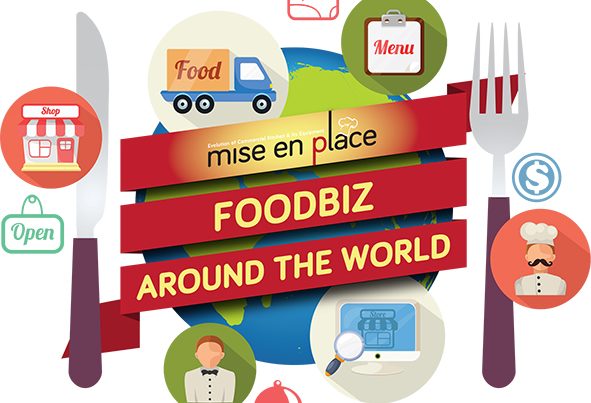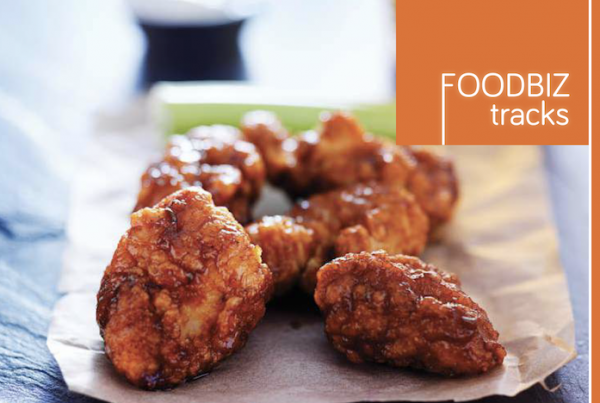“Fast food is categorised as food that can be eaten on the go, and generally has low preparation time.”
 QUICK, FAST AND RELIABLE
QUICK, FAST AND RELIABLE
Nearly from its inception, fast food has been designed to be eaten “on the go” and often does not require traditional cutlery and is eaten as finger food. Common menu items at fast food outlets include fish and chips, sandwiches, pitas, hamburgers, fried chicken, french fries, chicken nuggets, tacos, pizza, and ice cream, although many fast food restaurants offer “slower” foods like chili, mashed potatoes, and salads.
Fast food actually has a long and storied history. Way before White Castle discovered how to make burgers at a fast rate and before McDonalds started the franchising trend, Romans were serving up quickly-cooked food to travellers and those who could not afford to have a kitchen in their homes. The quintessential fish and chips in Britain, long recognised as its iconic food, first appeared in 1860, by a foreigner who had the brilliant idea to fry the freshly-caught fish and serve it alongside fried strips of potato. By 1920, there were over 35,000 shops serving Britain’s favourite meal.
Now, with the invention of technology, trends spread faster than you can say ‘franchise’, but back then, they relied on the still-powerful effects of ‘word of mouth’, which helped fast food chains quickly spread through the mid-19th century, spurring global expansions. By the ‘70s, McDonalds had several outlets around Asia, quickly followed by other major fast food brands.
Talking about fast food, however, is inadequate without bringing up its heavy American influence. Taking us back to the early 20th century, the origins of fast food can be said to be synonymous with the American Dream.
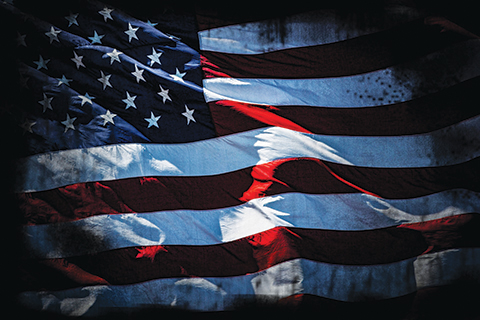
CHASING THE AMERICAN DREAM
The founders of America’s biggest chains built mega-empires based on the pursuit of the American dream, and in the process changed the way that the world eats. But how did these chains first get off the ground?
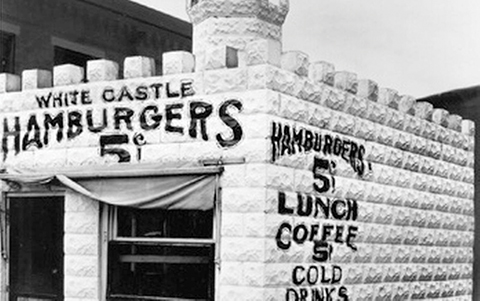
Given the ways that fast food influences everything from American pop culture to politics to food trends, it’s fascinating to look back on the origins of the biggest players in the industry. One of the first fast-food chains to emerge was White Castle, founded by Bill Ingram in Wichita in 1921; the design of the original White Castle was inspired by the Water Tower building in Chicago.
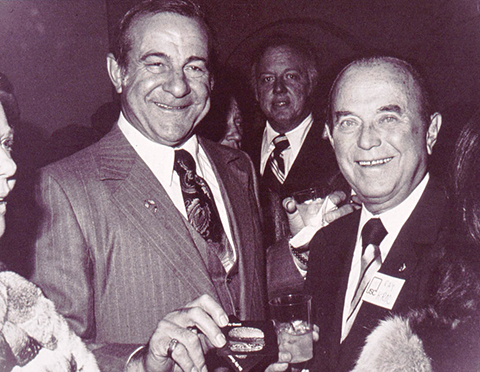
The novel and efficient system developed by the McDonald brothers at their original San Bernardino, California location inspired a handful of other upand- coming entrepreneurs to try their hand in the industry, namely Keith J. Kramer and Matthew Burns (founders of Insta-Burger King, which would later become Burger King), Carl Karcher (founder of Carl’s Jr.), Glen Bell (founder of Taco Bell), and James Collins (the founder of Kentucky Fried Chicken). But certainly the person most famously inspired by the original McDonald’s was Ray Kroc, who bought the company from the McDonald brothers in 1954 and turned it into a mega-corporation.
FAST FORWARD TODAY
Fast food outlets are now found all over America – in cities and towns, both big and small. Since the fifties, thanks to standardised menus, easily recognised signage and powerful marketing and advertising strategies, fast food brands for many are now household names. In fact, if we are to look at the American culture, for some families – there are standard weeknights where ordering pizza for dinner is a norm.
The easy take-away packaging, drive-thru service and deliveries makes fast food the easy solution for a quick meal, with service and food delivered in a matter of minutes or picking them up on the way.
With the inclusion of dedicated children meals with relatable merchandise and toys, or with fast food brands pouring in endorsements or merchandise for pop culture influencers like movie releases or pop stars, the marketers are working to appeal to the whole family. And the presence of merchandise, either as a free gift or available for purchase with meals have contributed to their success as well.
It is also the question of familiarity that makes them a success. In fast food, as every outlet serves the same menu and offers the same prices, it becomes the safe choice for the less adventurous travellers. For some travellers, to go with fast food gives them assurance in a foreign country as these establishments normally have very strict quality assurance standards set.
The impact of fast food on the American economy is also apparent. With some brands having more than 1000 outlets worldwide, it is a contributor in terms of employment and franchise revenue for the economy.
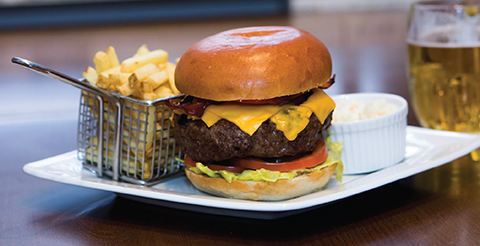
NOT JUST BURGERS AND FRIES ANYMORE
Though burgers and fries used to be the mainstay of the industry, it has definitely changed since. Some of the most popular alternative fast food offerings today include pizza, chicken nuggets, specialty sandwiches, hot dogs, onion rings, and even ice cream and cupcakes. Even the more popular ethnic food trends have climbed onto the fast food wagon; Tacos, Vietnamese noodles, falafel, kebabs, egg rolls, fried rice, sushi, and, bento baskets are now items in high demand and some brands with these items on their menu have gained worldwide presence.
For the purpose of honouring tradition, we will focus on fast food from its birthplace, in true-blue American style. Restaurants come and go, but for one reason or another (usually a combination of quality product, smart marketing and good luck) these 11 chains have firmly cemented their place in history. But as big and powerful as they are today, they all started just like any other restaurant: small and driven by one person with a dream. Read on to learn the origins of 11 of America’s most popular fast food chains, categorised according to food type.
BURGER GALORE
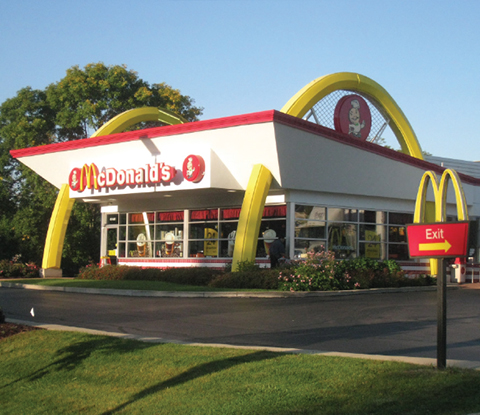
McDonald’s (36,615 Restaurants)
In 1940, brothers Mac and Dick McDonald opened McDonald’s Bar-B-Que in San Bernardino, Calif.; eight years later they decided to revamp the restaurant’s concept to specialise in their most profitable menu item, hamburgers, and shortened the name to McDonald’s. In 1954, Multimixer salesman Ray Kroc visited the restaurant and was blown away by the efficient system developed by the McDonald brothers; he started franchising the brand and bought the company one year later. With its opening in Bosnia, Herzgovina, and Trinidad & Tobago in 2011, McDonald’s now operates in 119 countries. That’s 61% of the world’s countries.
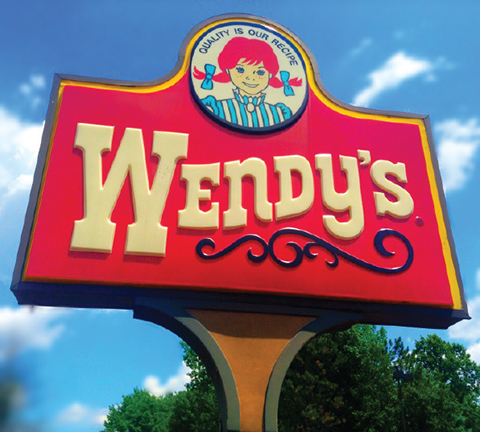
Wendy’s (6,500+ Restaurants)
Former KFC franchise owner Dave Thomas opened the first Wendy’s location on Nov. 15, 1969, in Columbus, Ohio. The following year, Thomas opened a second location, this time adding a drive through pickup window. From the beginning, the chain served up its signature square burgers and milkshakes.
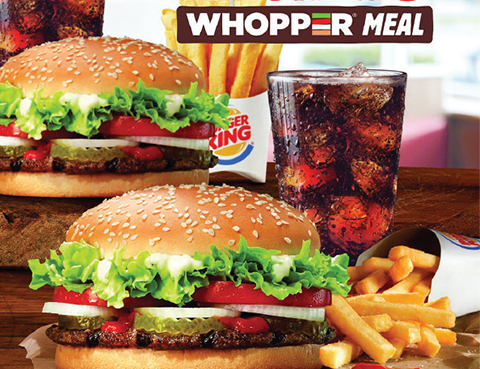
Burger King (15,738 Restaurants)
The predecessor of this burger mega-chain was originally founded in 1953 in Jacksonville, Fla., by relatives Keith J. Kramer and Matthew Burns. After visiting the McDonald brothers’ original store location in San Bernardino, California, the founders and owners who had purchased the rights to two pieces of equipment called “Insta-machines”, opened their first restaurants. Their production model was based on one of the machines they had acquired, an oven called the “Insta-Broiler”. This strategy proved to be so successful that they later required all of their franchises to use the device.
They decided to call their first location Insta-Burger King due to the broilers they purchased to cook the burgers, called Insta-Broilers. The following year, James McLamore and David Edgerton began opening Insta- Burger franchises in Miami – they replaced the Insta- Broilers with the flame broiler system that Burger King is famous for. Due to financial hardships, Kramer and Burns sold the company to McLamore and Edgerton in 1959; they subsequently renamed the chain Burger King.

White Castle (400+ Restaurants)
While most in the Asian region may not be familiar with this brand, it needs to be included in the list of American fast food, simply because they were the catalyst that started it all – the landscape of the industry wouldn’t be the same without them.
The first White Castle location opened in 1921 in Wichita, making it the first American fast-food burger chain. Founder Bill Ingram used $700 to open the starting location and started ser ving the chain’s signature sliders. The following year, the second White Castle opened in El Dorado, Kansas, and by 1924, Ingram expanded the chain to Omaha and Kansas City, Missouri.
They chose the name because “White” signified cleanliness and purity; “Castle” signified strength, stability and permanence. Their hamburger buildings were inspired by the design of Chicago’s Water Tower – in the shape of a castle. The hamburgers were made by pressing ground meat into a patty; punching holes to let the aroma come through; placing the patty on a grill with onions and pickles on top, and then serving the burgers on a dinner-roll-sized bun to absorb the juice.
The White Castle corporation owns and operates more than 400 restaurants in 11 states.
CROWD-FAVOURITE FRIED CHICKEN
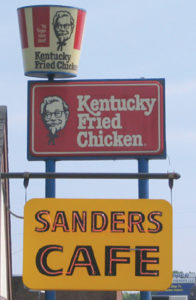
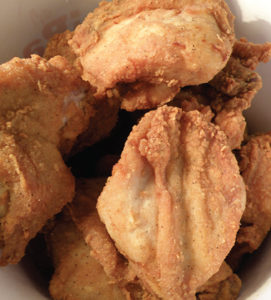
KFC (19,952 Restaurants)
In 1930, during the Great Depression, Harland Sanders opened his first restaurant in a gas station in Corbin, Kentucky, called Sanders’ Court & Café. By 1952, The Colonel began franchising his fried chicken business in Utah, which was a hit largely due to his use of pressure fryers, which greatly increased the production speed. KFC popularized chicken in the fast food industry, diversifying the market by challenging the established dominance of the hamburger. By branding himself as “Colonel Sanders”, Harland became a prominent figure of American cultural history, and his image remains widely used in KFC advertising. However, the company’s rapid expansion overwhelmed the aging Sanders and he sold it to a group of investors led by John Y. Brown Jr. and Jack C. Massey in 1964.
Headquartered in Louisville, Kentucky, it is the world’s second-largest restaurant chain (as measured by sales) after McDonald’s, with almost 20,000 locations globally in 123 countries and territories as of December 2015. The chain is a subsidiary of Yum! Brands, a restaurant company that also owns the Pizza Hut and Taco Bell chains.
KFC’s original product is pressure fried chicken pieces, seasoned with Sanders’ recipe of 11 herbs and spices. The constituents of the recipe represent a notable trade secret. Larger portions of fried chicken are served in a cardboard “bucket”, which has become a well-known feature of the chain since it was first introduced by franchisee Pete Harman in 1957.
Popeyes (2,600+ Restaurants)
Al Copeland opened a restaurant called Chicken on the Run outside of New Orleans in 1972, and after it got off to a slow start he decided to make the chicken spicier, which proved to be a winning recipe. He changed the name to Popeyes Mighty Good Fried Chicken and started selling franchises in 1976.
ALL-AMERICAN SAMMICH’
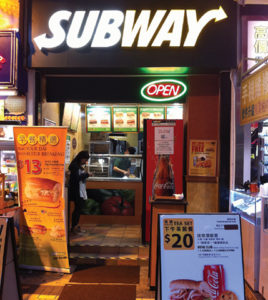 Subway (45,000 Restaurants)
Subway (45,000 Restaurants)
The idea for Subway was inspired by founder Fred DeLuca’s decision to open a sandwich shop to help pay for his medical school education. The idea to open the shop came from Dr. Peter Buck, who lent DeLuca $1,000 to open the original location of the sandwich shop in Bridgeport, Connectitut, in 1965 and became his business partner. The first shop was called Pete’s Super Submarines, and it was not until 1968 that the chain took on the name Subway.
The first Subway on the West Coast was opened in Fresno, California, in 1978. The first Subway outside of North America opened in Bahrain in December 1984. The first Subway in the United Kingdom was opened in Brighton in 1996. In 2004, Subway began opening stores in Walmart supercenters and surpassed the number of McDonald’s locations inside U.S. Walmart stores in 2007.
Since 2007, Subway has consistently ranked in Entrepreneur magazine’s Top 500 Franchises list. It ranked #2 in 2012. It also ranked #2 on the “Fastest Growing Franchise” and “Global Franchise” lists. At the end of 2010, Subway became the largest fast food chain worldwide, with 33,749 restaurants – 1,012 more than McDonald’s.
BREAKFAST RUSH
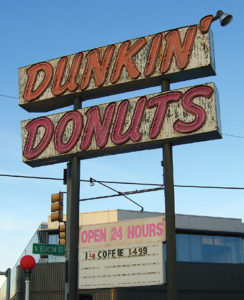

Dunkin’ Donuts (11,000 Restaurants)
This chain was founded in 1950 in Quincy, Massachusetts, by William Rosenberg. He had noticed that coffee and doughnuts were top sellers during his time selling food at factories and construction sites, and his formula took off; he started selling franchises in 1959. Since its founding, the company has grown to become one of the largest coffee and baked goods chains in the world, with more than 12,000 restaurants in 36 countries. In 2006, Dunkin’ Donuts began using the slogan “America Runs on Dunkin'” which continues to be used in many advertisement campaigns. By 2010, Dunkin’ Donuts’ global system-wide sales were $6 billion. In 2012, Dunkin’ Donuts launched an application for payment and gifting for iPhone, iPod touch, and Android smartphones.
GIVE ME LIFE, GIVE ME PIZZA
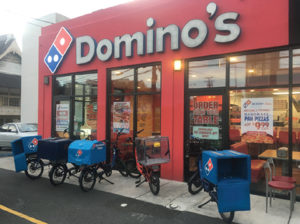
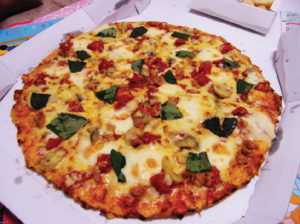
Domino’s (13,811 Restaurants)
Brothers Tom and James Monaghan bought a small pizzeria called DomiNick’s in Ypsilanti, Michigan, in 1960 for $900, and eight months later James traded his half of the business to Tom for a used Volkswagen. In 1965 Tom changed the name to Domino’s, and the first franchise opened in 1967.
On May 12, 1983, Domino’s opened its first international store, in Winnipeg, Manitoba, Canada. That same year, Domino’s opened its 1,000th store, its first in Vancouver Washington. In 1985, the chain opened their first store in the United Kingdom in Luton. Also, in 1985, Domino’s opened their first store in Tokyo, Japan. In 1993, they became the second American franchise to open in the Dominican Republic and the first one to open in Haiti.
By 1995, Domino’s had expanded to 1,000 international locations. In 1997, Domino’s opened its 1,500th international location, opening seven stores in one day across five continents. Tom retired in 1998, after selling 93% of the company to Bain Capital for about $1 billion. By 2014, the company had grown to 6,000 international locations and was planning to expand to pizza’s birthplace, Italy; this was achieved on October 5, 2015, in Milan with the first restaurant.
Pizza Hut (13,728 Restaurants)
Brothers Dan and Frank Carney borrowed $600 from their mother to open a pizzeria then a novel concept in Wichita in 1958. It was a huge hit (giving away free pizza on opening day didn’t hurt), and franchising began a year later.
TEX-MEX DELIGHT
Taco Bell (7,000 Restaurants)
Inspired by the McDonald brothers, Glen Bell opened a burger place with a similar model. However, once others started catching onto the idea, Bell decided to come up with a fresh menu concept. He began selling crunchy tacos with a combination of Mexican ingredients designed to please the American palate at his new restaurant, Taco Tia, in Downey, Calif., in 1954. Bell decided to expand the brand to include a variety of menu items and called the new concept Taco Bell.







